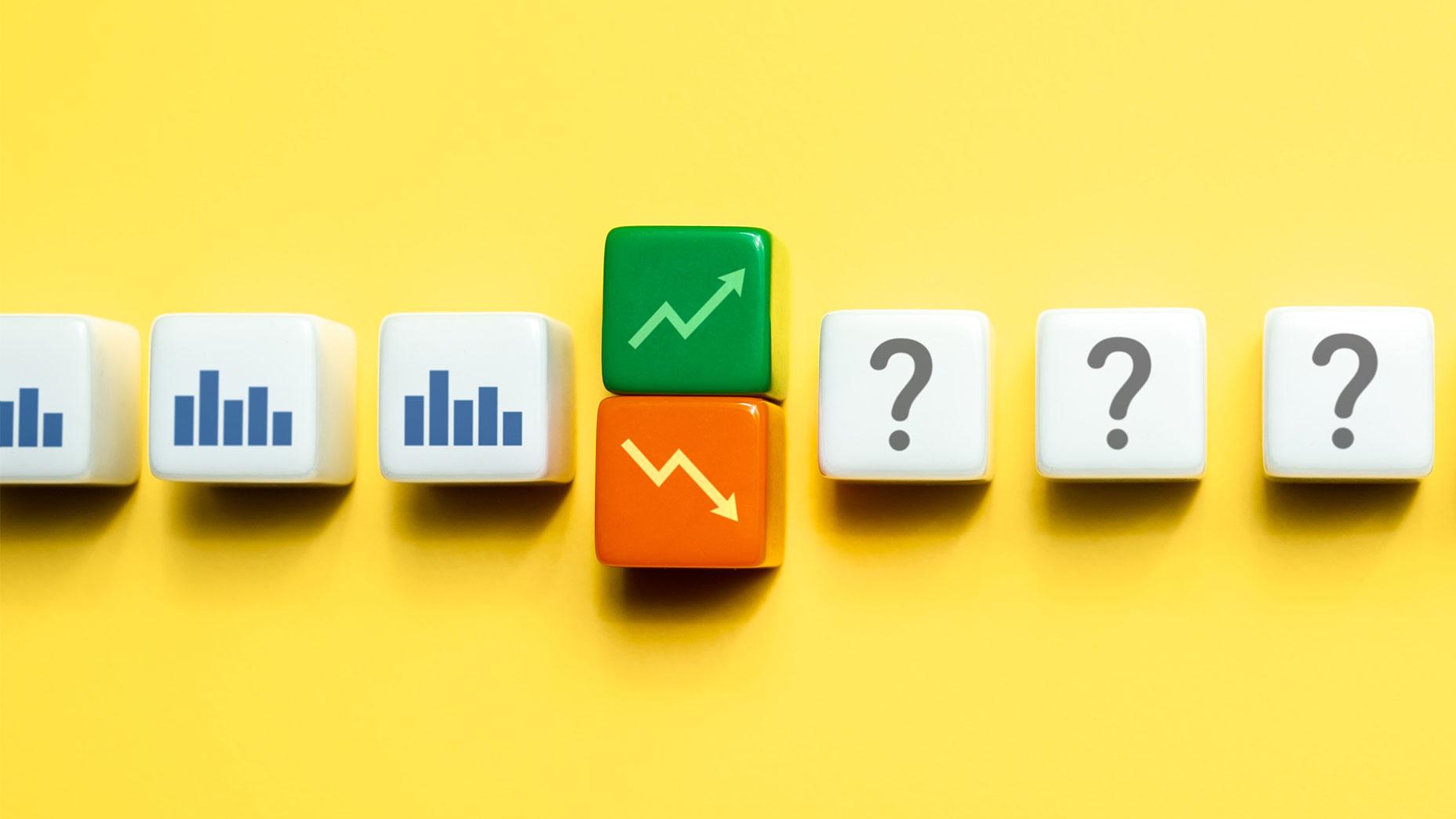How to Invest in S&P 500?

6 minutes for reading
In this article, we will talk about S&P 500 investing. In the exchange, this index is trading under the ticker US500; and today, it can be found in many popular trading terminals.
What is S&P500?
The S&P 500 was created by Standard and Poor’s (currently S&P Global) on 4 March 1957. Its predecessor was another index called Dow Jones Industrial Average Index, which used to be popular. It included the 30 largest industrial companies. There were more indices, but they only covered a small group of companies, and as such, did not represent the whole picture of market moods.
Standard and Poor’s went their own way, creating an index that would show the market situation on the whole, not just the state of things in the industrial sector. This is how the S&P 500 was introduced.
The new index comprised 500 leading companies with the biggest capitalisation from various sectors. However, the number of companies and the exact contents of the index are continuously changing.
What companies are listed on the S&P 500?
The index includes 500 of the largest public companies traded in the US stock market. To be listed on the index, a company must comply with the following requirements:
- capitalisation – no less than 6 billion USD
- registered in the US
- stock liquidity (the number of shares traded) – no less than 250,000 per month
- shares available for free trade – no less than 50%
- show profitability during the four last months of the accounting period
The list of companies is revised every quarter. If a company turns out to be faulty in any way, it is replaced by another suitable company. As a standard, the dismissed companies are those that start generating losses in the accounting period, or the liquidity of which drops.
The leaders of the index are currently the giants of the IT and banking sectors, such as:
- Apple Inc (NASDAQ: AAPL)
- Microsoft Corporation (NASDAQ: MSFT)
- Amazon.com Inc (NASDAQ: AMZN)
- Facebook Inc (NASDAQ: FB)
- JPMorgan Chase & Co (NYSE: JPM)
IT companies take over 27% of the index, while healthcare companies take 14%. The shares of the remaining spheres are not considered that significant, although they comprise more than 50% of the index, taken together.
S&P 500 is calculated based on weighted capitalisation, meaning that companies with larger capitalisation have more influence.
How to invest in the S&P 500?
S&P 500 is not only using for intraday trading but also for medium-term investments. The index demonstrates high volatility and liquidity during the trading session, owing to many market players showing interest. Also, you can go on trading after the trading session ends, although liquidity will shrink.
The only limitation for future investors is the high price of the index, which entails the use of leverage or the increase of the deposit.
S&P 500 CFD
Nowadays, everyone is given the chance to buy not the index itself but its Contract for Difference (CFD). This is a good opportunity for beginning traders who can buy and sell CFDs on indices on almost any trading platform. The chart of the S&P 500 CFD is completely bound to that of the index itself, and copies all its movements.
S&P 500 ETF
The most popular S&P 500 ETF is SPDR S&P 500 (SPY), which is a derivative that fully copies the dynamics of the S&P 500 but costs much less – 1/10 of the price of the main index. This allows investors to buy the S&P 500 without leverage.
SPY trades in the same way as all other instruments in the exchange. However, it is recommended that you follow your risk management rules as tightly as possible. Normally, ETF investing means investment projects that last several years.
Futures
Another popular instrument is a futures contract for the index. A futures S&P 500 contract is an agreement that obliges the seller and buyer to comply with the initial arrangements. There is no difference between a futures S&P 500 and other non-deliverable contracts.
A futures contract for the index is bound to the index itself, and depends on the stock price of the companies included in the base asset (index). The futures contract for S&P 500 not only provides investments but also speculations. You can use both the medium-term and intraday strategies. You can also hedge risks and play short while using small capital.
Trading conditions in RoboMarkets
RoboMarkets provides its clients with a wide range of opportunities to invest in indices. The R StocksTrader terminal features more than 12,000 instruments to invest in, including all major indices.
Spreads start from 0 points, while commission fees are from 4 USD, which suits not only medium- and short-term investors.
Closing thoughts
The liquidity levels, volatility, and price are the main advantages of CFDs and ETFs as investment options. Note that its average annual profitability is about 9%.
Some may say that such profitability is not high enough, however, we can hope for the growth of the instrument in the long run. In medium-term investments, you can sometimes play short and diversify risks in case of a pullback.
In any case, investing in stock assets may be risky. Therefore, careful studying and analysis is required prior to trading. This applies not only to S&P 500, but also to other instruments from this category.










 are complex instruments and come with a high
are complex instruments and come with a high  of losing
of losing  rapidly due to
rapidly due to  . 69,88% of retail investor accounts lose
. 69,88% of retail investor accounts lose  when trading
when trading  with this provider. You should consider whether you understand how CFDs work and whether you can afford to take the high
with this provider. You should consider whether you understand how CFDs work and whether you can afford to take the high